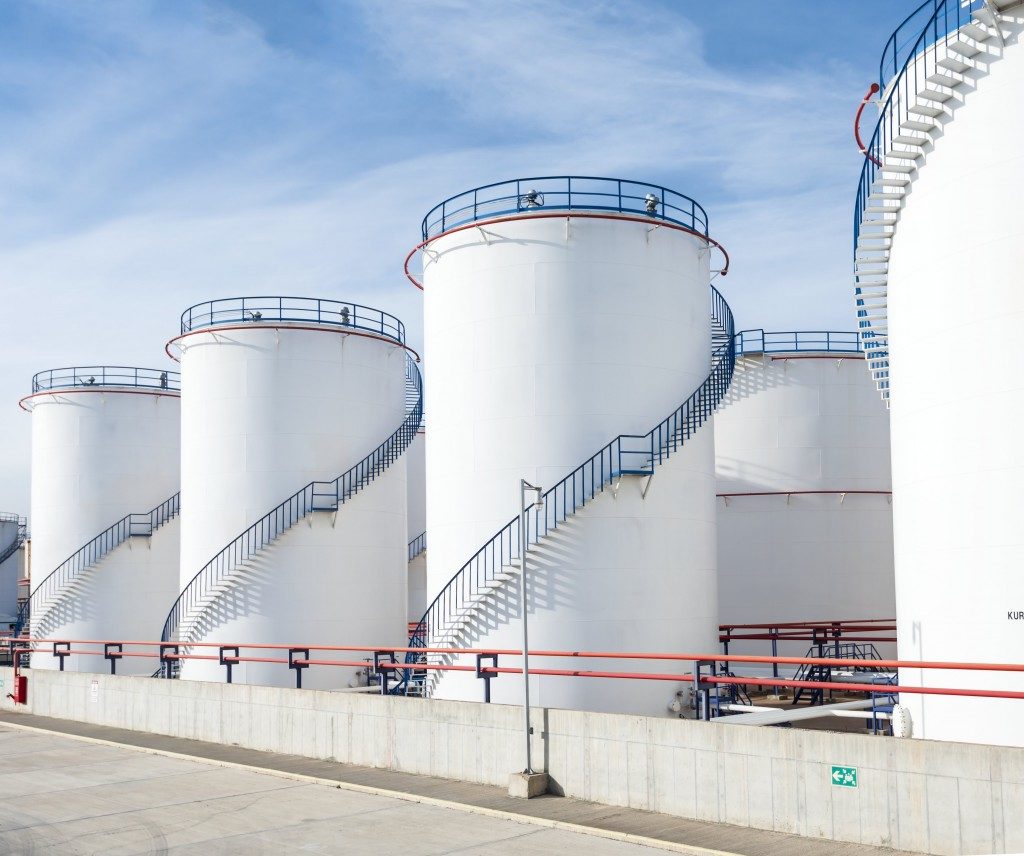The oil and gas industries are considered lucrative and wise investments to add to your portfolio. There are three stages in the manufacturing process of oil and gas products. Investors can put in money in any of these stages, but midstream investments or private equity is gaining interest in the US and Canada because the dividends are known to be high-yielding.
The biggest oil firms in the world have integrated services that handle all three phases of operation — downstream, midstream, and upstream. The midstream sector supports the industry’s infrastructure needs and gives interested investors a chance to improve their portfolio.
Making money in midstream investments
When an investor buys stocks at a midstream company, he is in a good position to recoup his investments in a short period of time. These firms make money at different points the value chains of oil, gas, and natural gas, so you have multiple streams of income to expect. These include regulated tariffs, product margins, and fees.
Fees
Oil and gas producers have signed agreements with midstream companies who are in charge and have funded most the gathering pipelines for oil and gas. These are mostly long-term contracts where gathering systems are created to support future wells and similar projects. Midstream companies charge a fee — not on a monthly or yearly basis — but for every barrel that flows through the system. This easily translates to millions of barrels in a year. The fees are, of course, not cheap.
Tariffs
Oil and gas pipelines can be extremely long, and they often cut across state lines. These interstate pipelines also earn through tariff rates set by the governing bodies in the US. Having fixed tariff rates prevents companies from charging exorbitant rates and monopolizing the pipeline routes. Think of this as a long toll road, the farther down the road the pipes pass, the higher the tariffs the company must pay.
Commodity or product-based margins

Refined oil and gas products naturally cost more once they have passed through the refining process. The equipment is expensive, and the companies also factor in facility rental, staff salaries and more. For example, a midstream company purchases natural gas in its raw form and processes it to come up with distinct NGL components such as propane, or ethane. These two products will cost more now that they have been processed, and the companies will make a profit when they are sold.
There’s also an opportunity to charge more when the demand is high in the market, and there’s a limited supply of the processed products.
Financial experts like Deloitte have said this is a golden age for US midstream markets. The high spreads mean that the industry is in a good position for growth and profitability. Increased exports of crude oil, natural gas liquids as well as natural gas are pushing the need for additional pipeline routes to open in the US.
If you are an investor looking for a good place to put your money for the long term, consider the midstream industry as a possible option. You can look up companies selling shares and begin small. Observe how the market moves, and you can eventually add more to your portfolio.

